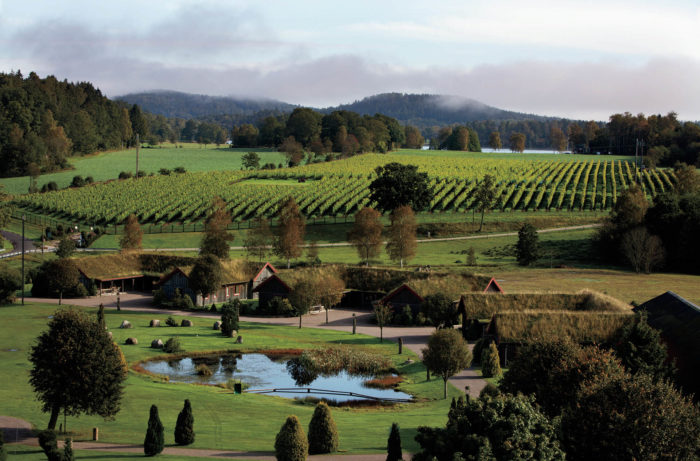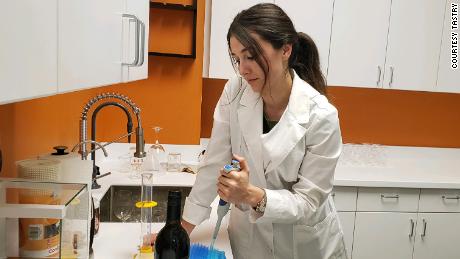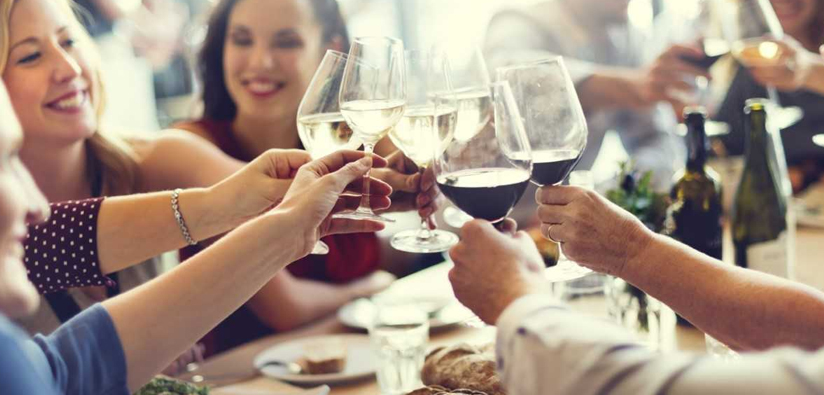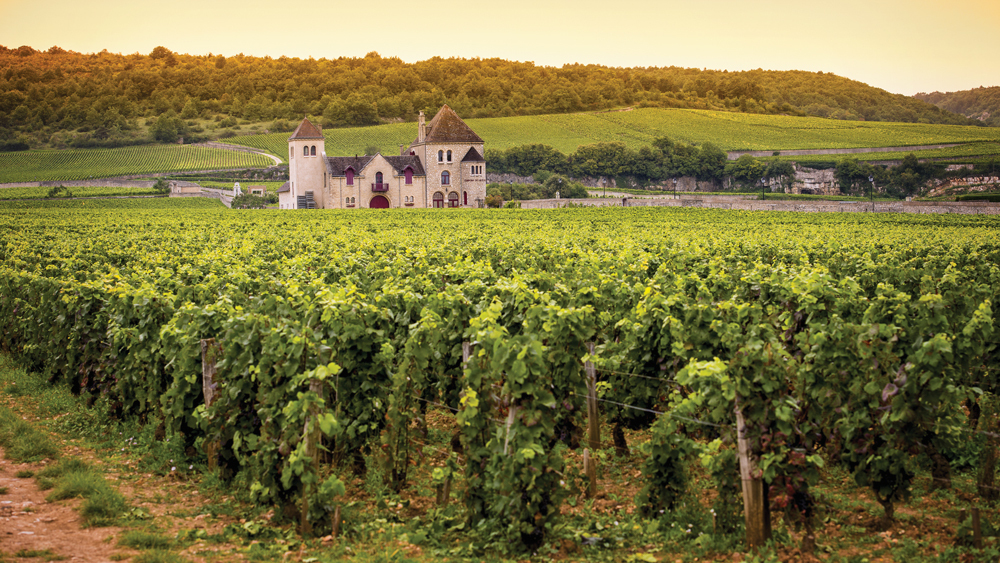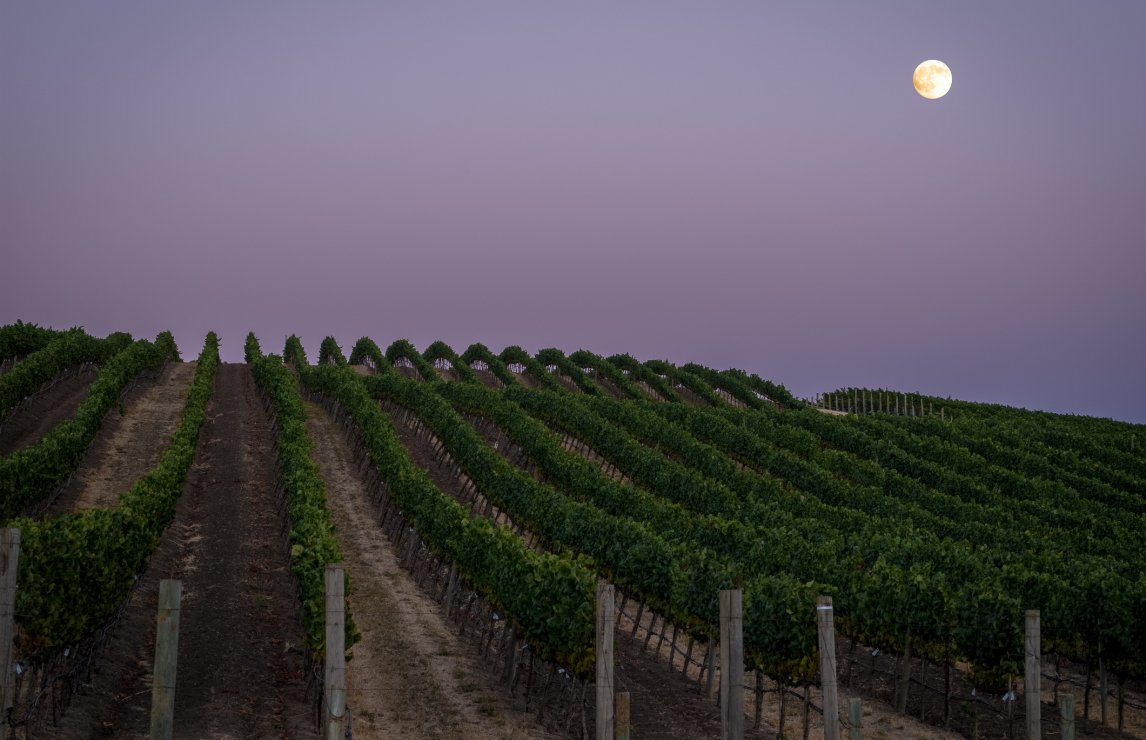Do you have Swedish wine on your wine list? Well, now it’s time!
A group of Swedish professional wine growers recently formed a new industry association.
Starting from a small-scale hobby cultivation, in just a few decades it has emerged to a large scale professional association. This new industry association has been set up to maintain the opportunities and expectations of these winemakers. The new organization has been named “Sweden’s Industry Organisation for Oenology & Viticulture (SBOV)”.
Emma Serner, founder of Långmyre Vineri has been appointed as chairman of the industry organization.
“It will be exciting and fun to lead an organization where we will jointly bring the Swedish one. the winning industry into the future. Already today there are barely twenty producers who invested and positioned themselves with both quality and quantity to be considered important for Swedish business and the experience industry in the countryside” says Emma Serner
The Swedish wine industry is a young industry with great potential. Currently, grape cultivation involves around a hundred hectares – but it is estimated that there are ten thousand hectares suitable for grape cultivating. These hectares are in coastal locations in Halland, Skåne, Blekinge, Öland and Gotland as well as at Vänern and Vättern.
“Berries grow best in cool areas – they simply get richer fragrance and greater depth of taste. The Swedish, mild summer with many hours of sun is therefore very suitable for grapes” says Lotta Nordmark at Sweden’s University of Agriculture in Skånska Alnarp.
#wine #instawine #redwine #whitewine #winenews #sweden #swedishwine #winemarketing #winemaker #vinification #winetourism #winegrower #winelist

